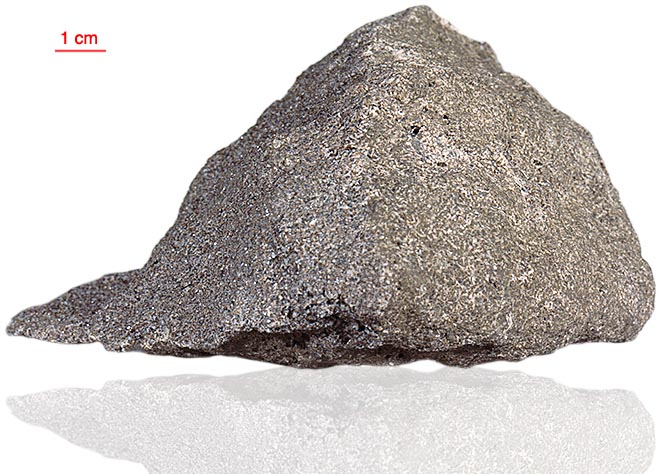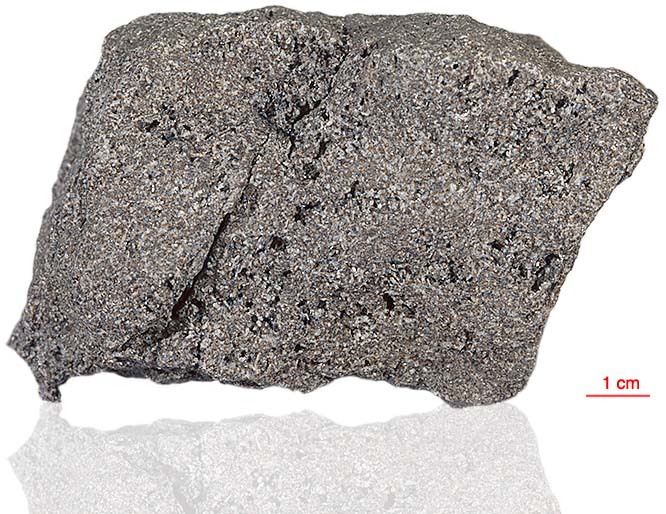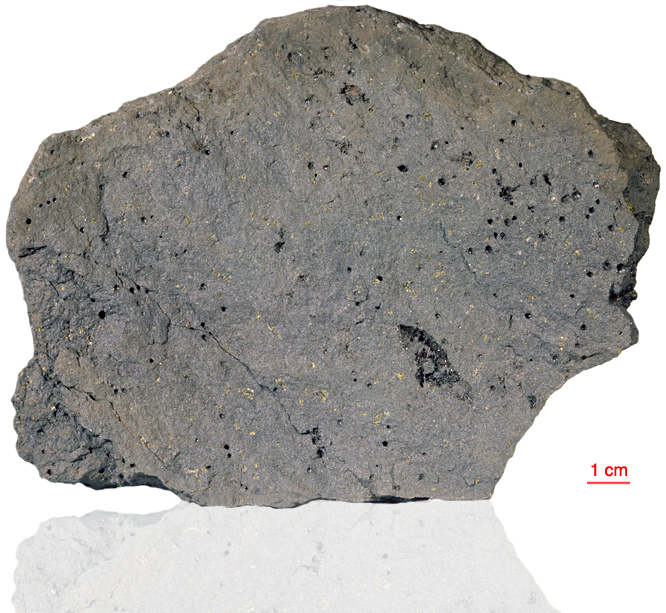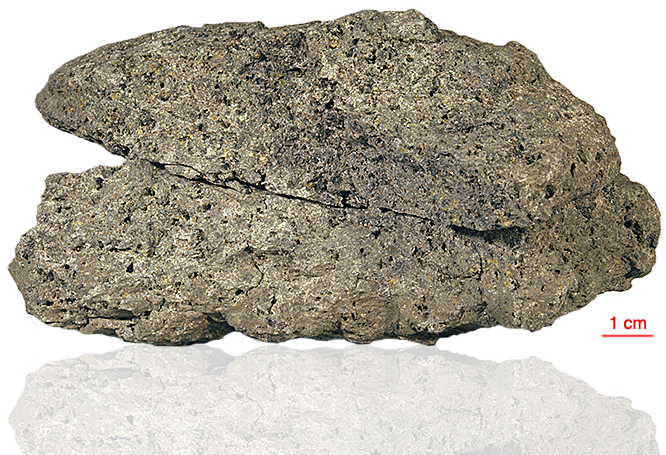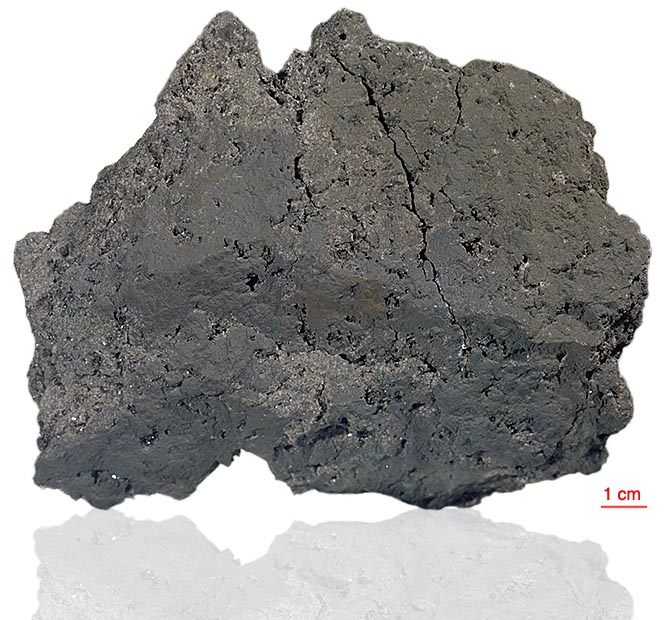
Fact sheet
75075 was found lying loose on top of a large boulder. It is substantially different in composition from the other samples collected at the same location, such that it is believed to have been from a different lava flow from 75055. The texture is subvariolitic to subophitic. The average grain size is 1-2 mm, with plagioclase feldspar and ilmenite forming the larger crystals. There are low-K melt inclusions in ilmenite. Vugs in 75075 are 2–20 mm in size and interconnected. Armalcolite and cristobalite are accessory constituents. Cristobalite containing melt inclusions is shown in rotation 1.
The sample weighed 1008 grams before analysis and has been dated at 3.74±0.04 billion years (Ar/Ar).
Further details of this and other Apollo samples are here: http://curator.jsc.nasa.gov/lunar/
Apollo 17, the final manned landing mission, had two objectives: to obtain samples of ancient rocks from the lunar highlands and to look for evidence of younger volcanic activity on the valley floor.
This small Collection contains material deriving from both periods, including igneous rocks around 4.3 billion years old from the lunar highlands as well as younger volcanic samples dating from about 3.6 billion years ago.
Apollo 17 was launched on 7 December 1972.

